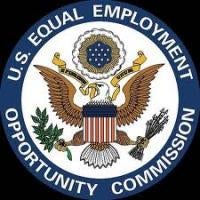In July 2014, the Equal Employment Opportunity Commission (EEOC) announced that Triple T Foods, a pet food processor in Arkansas, will pay a $30,000 settlement to a former employee for a pregnancy discrimination lawsuit in which the employee got fired on the day she announced she was pregnant.
Here we are, 36 years after the passage of the Pregnancy Discrimination Act, and some employers still view child-bearing and employment as mutually exclusive activities.
The Women’s Bureau recently posted a series of charts with data about mothers and families on our website, and the numbers show that being a mother in the workforce is increasingly the norm. It is not surprising that the vast majority of mothers – 7 out of 10 – work, and women are the sole or primary financial support for their families now more than ever. What’s more, over two-thirds of women work during their first pregnancy. Yet, pregnancy discrimination persists in many forms, in all stages of employment – hiring, firing and promotion – and in all stages of pregnancy.
Employment protections for workers who are pregnant or nursing:
Cases like the one with Triple T Foods are not unique, and formal complaints filed with the EEOC have increased in recent years. In new guidance issued last month, the EEOC said it “requires that employers treat women affected by pregnancy or related medical conditions the same way they treat non-pregnant applicants or employees who are similar in their ability or inability to work.” The EEOC’s notice also provides guidance on discrimination against women who undergo fertility treatments, nursing mothers, and discrimination based on stereotypes and assumptions.
In June, at the White House Summit on Working Families, President Obama also voiced supportfor further action, including the proposed Pregnant Workers Fairness Act. In her July 18 op-ed, senior adviser to the President Valerie Jarrett wrote, “Working parents, working families and expectant workers are vital members of our workforce. Ensuring their success is how we maintain our global economic advantage.” I’m sure the 25.5 million working mothers in the U.S. would agree.
Editor’s note: This is the first blog post in “Working Families, a Reality Series” by Women’s Bureau Director Latifa Lyles exploring issues that affect women and families in the 21st-century workplace.

Authored by: Latiffa Lyles. Latifa Lyles is the director of the department’s Women’s Bureau.




 i
i


